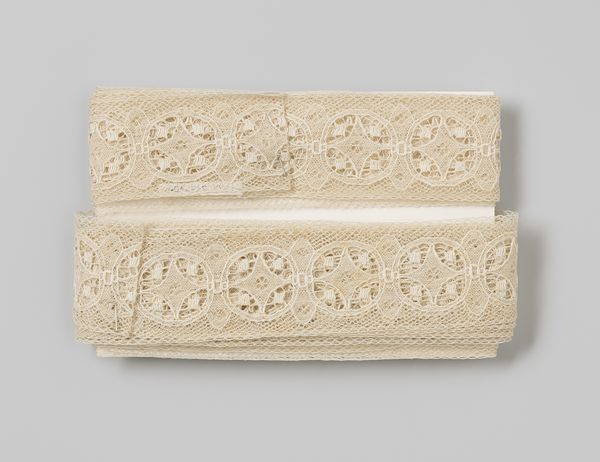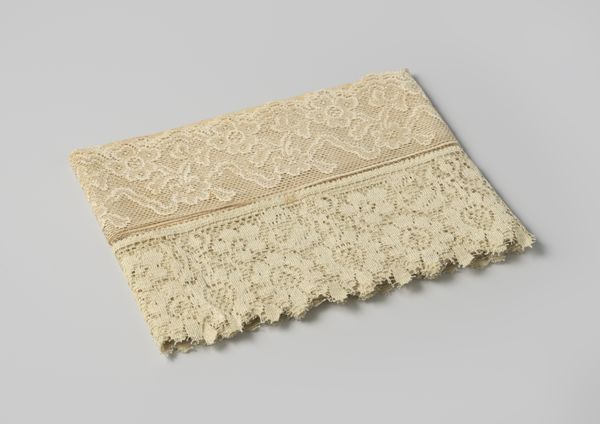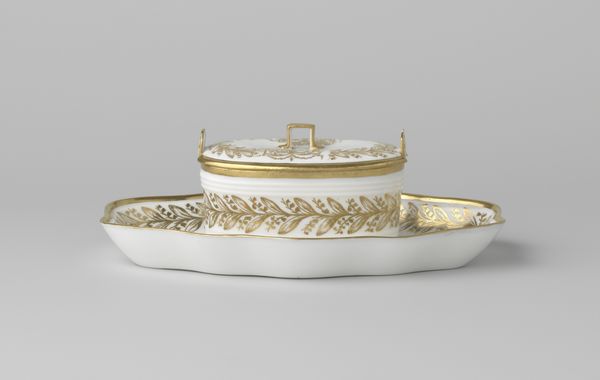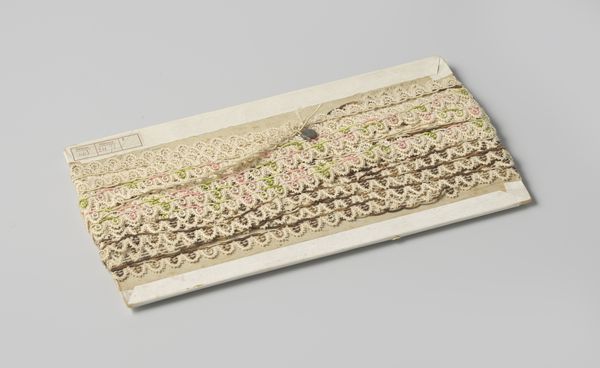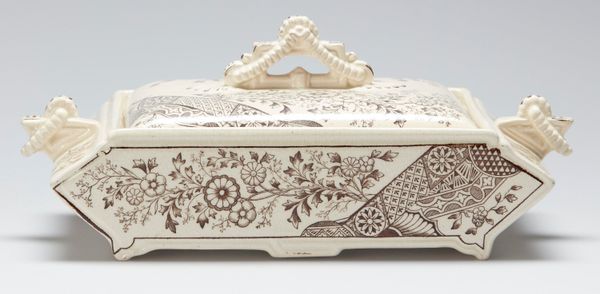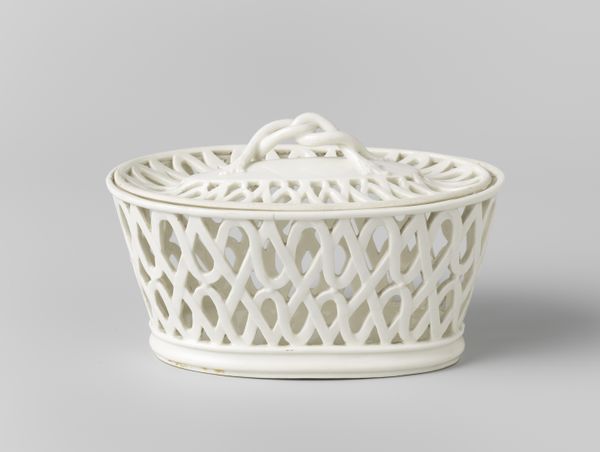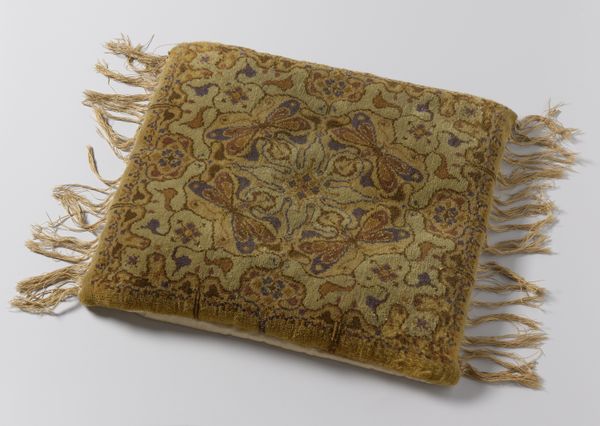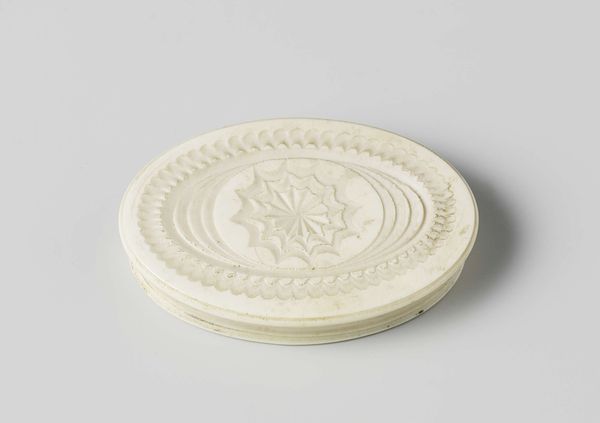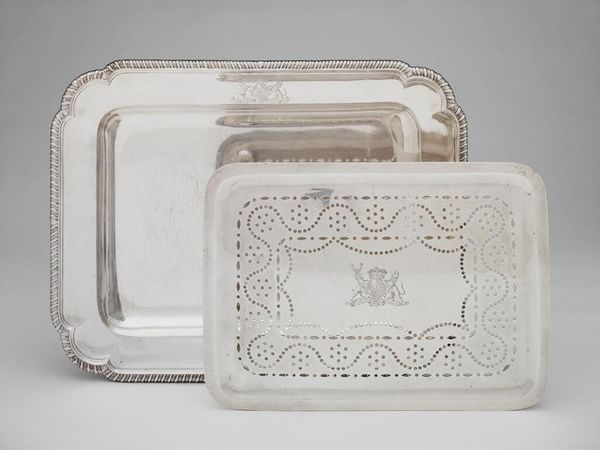
carving, relief, ivory
#
medieval
#
carving
#
relief
#
form
#
romanesque
#
geometric
#
decorative-art
#
ivory
Dimensions: height 7.7 cm, width 13.4 cm, depth 2.8 cm
Copyright: Rijks Museum: Open Domain
This delicate reliquary was crafted from ivory by an unknown artist, but probably dates to the medieval period. Ivory is a dense, fine-grained material, ideal for intricate carving. Here, it’s been painstakingly shaped and incised to create a container for sacred relics. The carving of ivory was a highly skilled trade, often associated with luxury goods and religious objects. The creation of an object like this involved specialized knowledge of the material, as well as steady hands and patience. This reliquary's imagery is typical of its era, with floral patterns and decorative elements that would have been instantly recognizable to contemporaries. The choice of ivory is significant. It was both precious and visually suggestive of purity, making it appropriate for enshrining holy objects. Think about the labor that went into producing this beautiful object, and how its precious material and skilled carving elevated its status. The reliquary blurs the boundaries between fine art and devotional craft.
Comments
rijksmuseum about 2 years ago
⋮
In the Middle Ages in northwest Europe, an ornamental style featuring complex spirals, plants and animals was very common. The decoration on this portable reliquary matches the carved patterns found in the Romanesque cathedral of Trondheim.
Join the conversation
Join millions of artists and users on Artera today and experience the ultimate creative platform.
